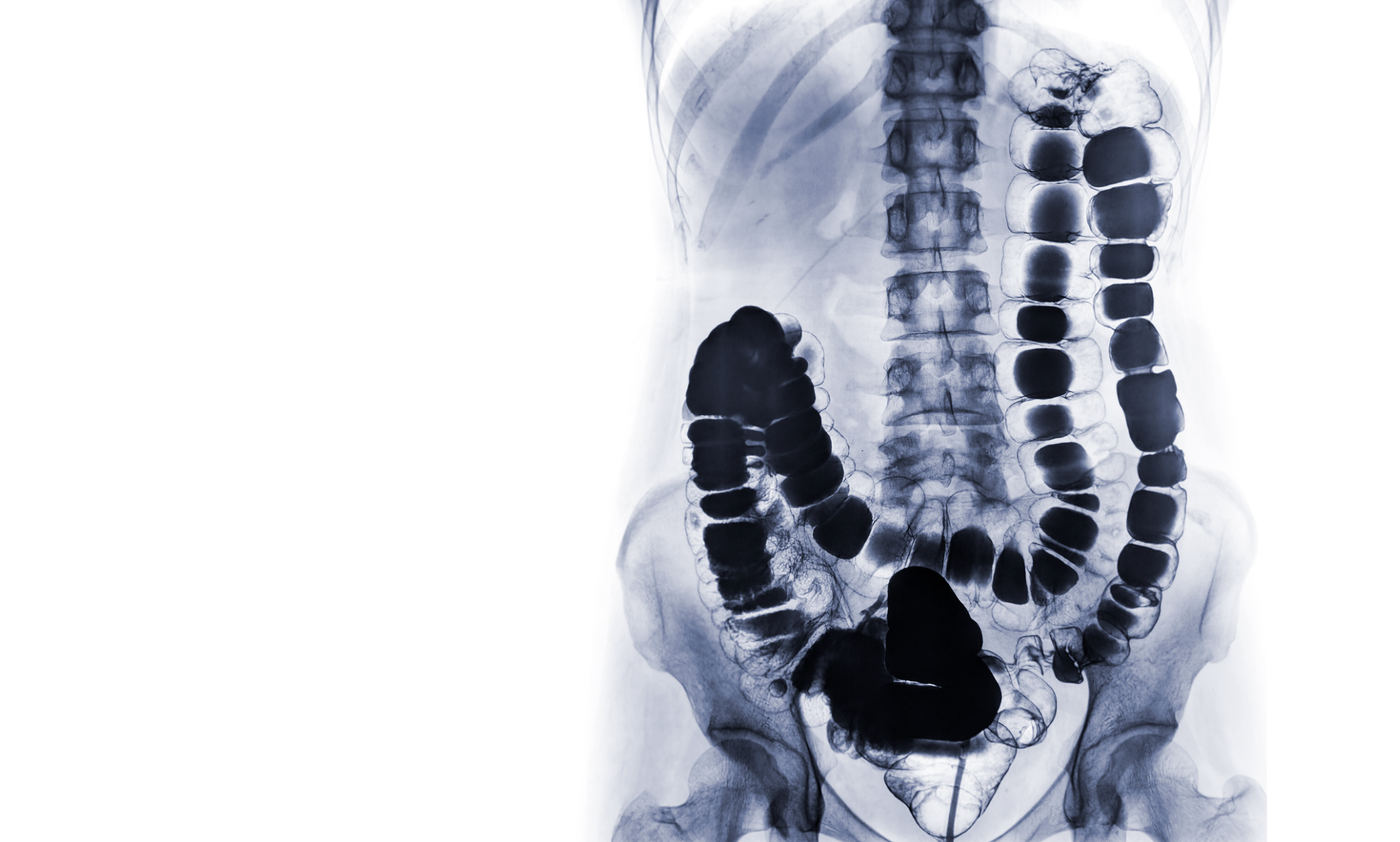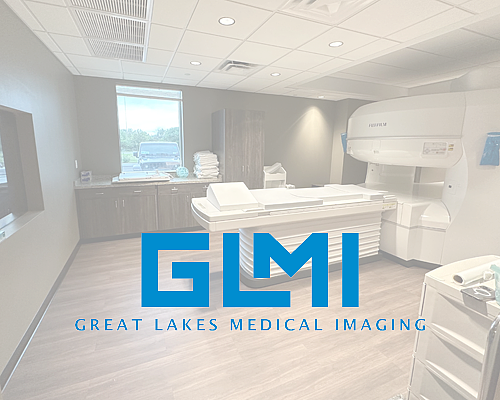Our Blog
Fluoroscopy: What Is It and Why Do You Need One?

Fluoroscopy is a type of imaging that lets your physician better understand the internal structures of your body and how well they are functioning. Whenever a doctor orders an imaging test, it is understandable if it causes stress for the patient, especially with complex names like fluoroscopy.
The key to calming your nerves is to better understand the test and why it might be necessary. So, what is fluoroscopy, and why do you need one?
What Is A Fluoroscopy?
Fluoroscopy is medical imaging that uses a monitor to display a continuous X-ray picture, similar to an X-ray movie. An X-ray beam goes through the body and produces a live image on a monitor, allowing the movement of a body component, instrument, or contrast agent ("X-ray dye") to be observed in great detail.
Fluoroscopy allows clinicians to view moving structures in the body and aids in a diagnosis. Fluoroscopy has substantial advantages over invasive surgical treatments since it decreases your risk of infection and the need for recovery time.
How Does Fluoroscopy Work?
Fluoroscopy requires the use of a particular imaging device called a fluoroscope. This machine passes the continuous x-ray beam through the body, allowing real-time images of various body systems and structures.
A fluoroscope consists of critical components such as the x-ray tube, filters, a field restriction device that helps pinpoint the imaging, a computer that processes it, and a monitor the technologist uses to view the process.
Why Might a Physician Order a Fluoroscopy?
Fluoroscopy examinations can produce comprehensive "moving" pictures of complete bodily systems, such as the skeletal, digestive, urinary, respiratory, and reproductive systems, or they can examine individual body organs, such as the heart, lungs, or kidneys.
Doctors can use the moving pictures to detect a blood clot in the veins or arteries, if the bones are healthy, or if the digestive tract is functioning normally. A popular fluoroscopy exam is a barium (or contrast) swallow, which goes through the GI tract and allows clinicians to examine the GI motions in greater detail.
What are Some Other Common Fluoroscopy Tests?
Fluoroscopy can be a standalone diagnostic method or combined with other diagnostic or therapeutic media or procedures. Fluoroscopy in barium X-rays, for example, allows the clinician to view the movement of the intestines as the barium goes through them and positions the patient for spot imaging.
Fluoroscopy is used in cardiac catheterization allows the clinician to view the flow of blood through the coronary arteries and assess the existence of arterial obstructions.
Fluoroscopy aids the doctor in directing the catheter into a precise area inside the body during intravenous catheter insertion. Some standard tests that use this imaging technique include:
- Arthrogram – Imaging that shows joint structures to diagnose injury or diseases like arthritis
- Barium swallow – Helps evaluate the health of the esophagus
- Cardiac catheterization – Produces live images of the heart and coronary system
- Hysterosalpingogram – Helps evaluate the uterus and fallopian tubes to locate causes of infertility.
- Intravenous pyelogram (IVP) – Allows live imaging of the kidneys, bladder, and ureters to diagnosis kidney stones or other abnormalities.
- Lower GI series – An evaluation of the colon
- Upper GI series – An evaluation of the stomach, esophagus, and small intestine
- Voiding cystourethrogram – Shows the bladder and urethra to diagnose urinary reflux and other causes of chronic infections.
These diagnostic tests are critical for doctors trying to pinpoint the cause of pain or illness.
What to Expect During a Fluoroscopy Image Test
Fluoroscopy is really just a fancy x-ray. If you have ever had an x-ray, the process will feel familiar. Depending on the type of test, there may be some preparation necessary to get you ready. For example, an upper GI series requires you to fast before the test. For a barium enema test, you must drink substances that help clean out the colon.
Your healthcare provider will give you a list of things you should and should not do prior to the test if necessary. Many imaging tests require no prep, though, like those used to examine bones or joints. In some cases, the patient undergoes sedation to keep them comfortable. This is typically done for cardiac catheterization.
For most, this imaging test is as painless as an x-ray. You lie down on a table in the position requested by the technologist, and they position the fluoroscopy over or under you to get the images they need.
Are There Risks with a Fluoroscopy?
As with X-rays, it is essential to tell the doctor or the technologist if you are pregnant, think it might be a possibility, or are breastfeeding. Since a fluoroscope produces radiation like an x-ray, the technician will take steps to protect you and anyone else in the room during testing.
Sometimes, the test may require a contrast material injected into your body. There is a possibility of allergic reaction to this material, although it is rare. The imaging team goes through training on how to handle allergic reactions and other emergencies should they occur during the test.
Questions to Ask Your Healthcare Provider Before Your Fluoroscopy Test
The more you know about this test, the more comfortable you will feel during it. That starts in your doctor’s office. Write down any questions you have about the exam that you forget to ask your doctor before the test. You can ask the technologist doing the test to get more information if necessary.
Some questions to ask your physician might include:
- Will there be any contract material with my fluoroscopy?
- When will I get the results?
- How long will the test take?
- Will I need time to recover?
- Who should I call if I experience pain or any other problem after the test?
- Do I need a follow-up after getting the fluoroscopy?
Imaging centers like ours do thousands of fluoroscopy a year. Give us a call to schedule your test or find out more about fluoroscopy.
‹ Back










Comments